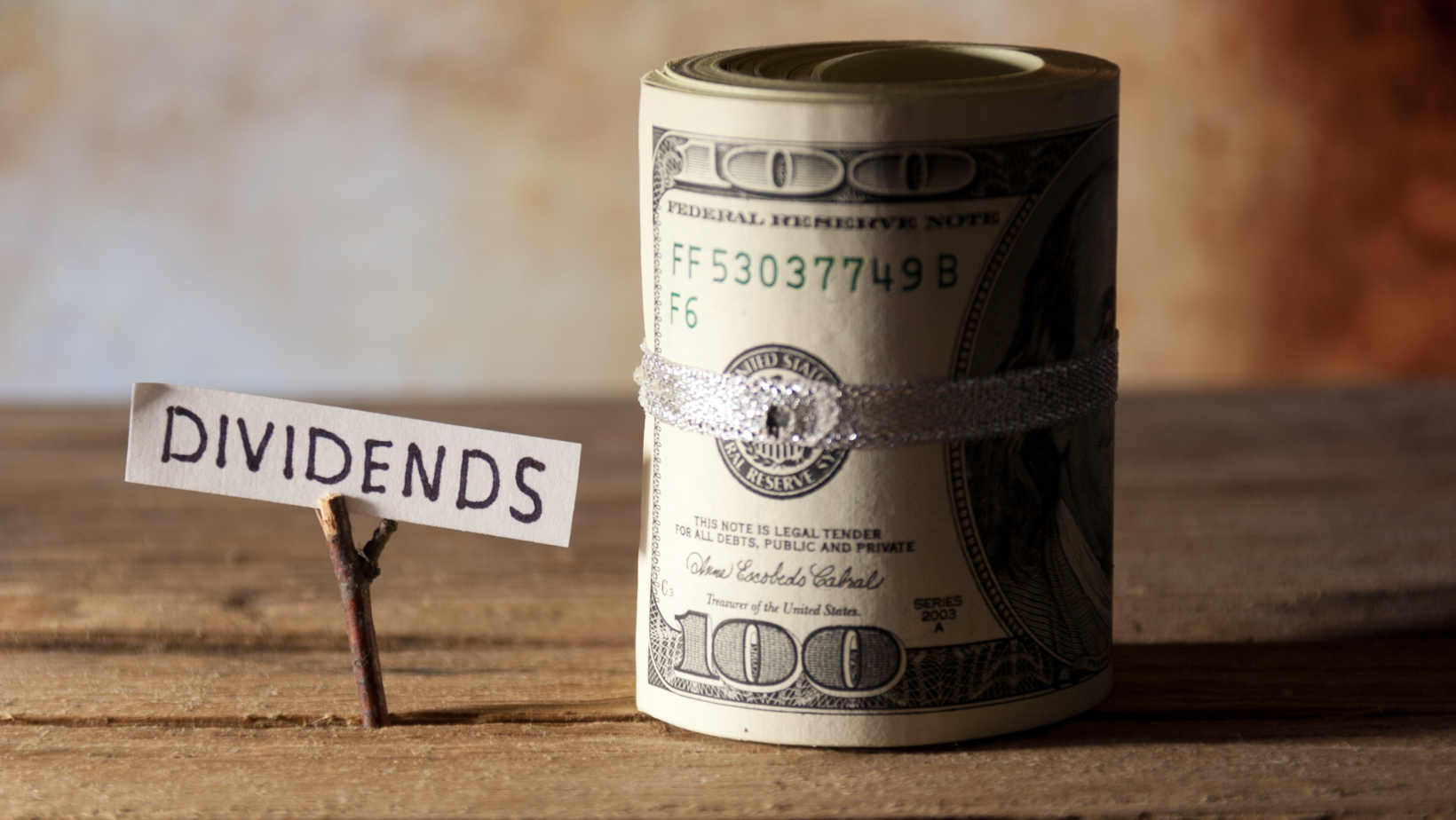
The idea of “dividend investing” appears to be extremely simple at first glance. Invest in businesses that provide dividends (share their profits), reinvest the earnings frequently, and gradually build up your wealth over time through compounding interest. But is implementing a passive income plan for your portfolio as simple as that? While it can be tempting to chase after dividends, it’s always smart to try to peel back the layers and understand how dividends work as well as the pros and cons of what they do for our returns.
The goal of every business is to make a profit. For those that do, they have three main options – pay the employees/executives a bonus, reinvest those profits back into the growth of the business, or disperse a portion of them to its shareholders as a reward for their investment.
A good analogy of this would be to think about the process of McDonald’s selling the Big Mac. When McDonald’s sells a Big Mac, it doesn’t keep all the money. It needs to pay for wages and rent. They also need to cover the cost of the ingredients for the Big Mac. After it’s paid for all the expenses then the money left is the PROFIT. McDonalds then needs to decide what to do with this left over money. There are generally three things McDonalds can do with their profit:
For dividends, the “yield”, or dividend amount, will be paid out to investors as a fixed dollar amount per share of stock owned.
Dividends are typically paid on a quarterly basis and can be taken as a cash payment or reinvested into more shares of the company. A company is not required to pay dividends, and in a down year financially they can choose to reduce or suspend the payment of dividends.
Investors commonly see dividends a way to reduce risk as you are generating a return on your investment that is separate of the capital appreciation you receive from the stock. Dividends benefit investors because they create passive income, and allow them to receive profits of the business.
Often investors will attempt to compound their returns by purchasing more shares of stocks slowly over time with the earned dividends, which will then earn even more dividends as a result (compound interest!). Most, but not all of the time, companies who pay regular dividends tend to be consistently profitable, and many are longer-standing companies who have made it through various economic seasons.
While this may all seem like the “cheat code” to investing (who wouldn’t want to invest in companies that consistently are profitable and pay out bonuses to shareholders?), this isn’t the entirety of the story. Dividends aren’t simply free money after all. Receiving the dividend may seem lucrative but there are some downsides to it as well.
The return of the stock you own is independent of the dividend payment. Remember McDonald’s options? Profits that they paid out to their investors means that there’s less money to reinvest in the company. Also, if a company pays out a percentage of its profits, the company actually becomes less valuable.
Example
If XYZ stock is trading at $100/share, and pays out a $1 dividend to its shareholders, then the stock price will automatically be reduced to $99, since it dispersed 1% of the company’s value to shareholders. Of course, if you had reinvested your dividend, then you would still end up with $100 worth of XYZ stock, but the same thing would have resulted if XYZ had just reinvested the profits into the company themselves.
Without a dividend, investors could also do the same thing, generating their own “passive income”, by simply selling a few shares at their discretion instead of relying on the company’s quarterly payouts.
Something else to keep in mind is that receiving a stock dividend means that investors will need to pay taxes on that dividend, even if they reinvest it. So if you’re reinvesting your dividends, you’re likely ending up with less all other things equal because you’ll have to pay taxes along the way.
Please don’t hear us say that dividend-paying stocks are bad. Again, companies that pay dividends are often resilient, consistently profitable, and have a proper place in a diversified portfolio. They can be a great way to generate consistent income, and can provide stability especially during volatile markets.
While dividend investing may be very reliable and seem like an easy way to generate extra returns, be careful as investing solely focused on dividends can cause over-exposure to one stock or sector. The main takeaway is that dividends aren’t a driver for higher returns in and of themselves. Keep your focus on total return with dividends being one component. Remember, there aren’t any free lunches, er, dividends, when it comes to investing.
BACK TO NEWS